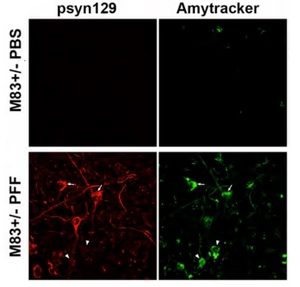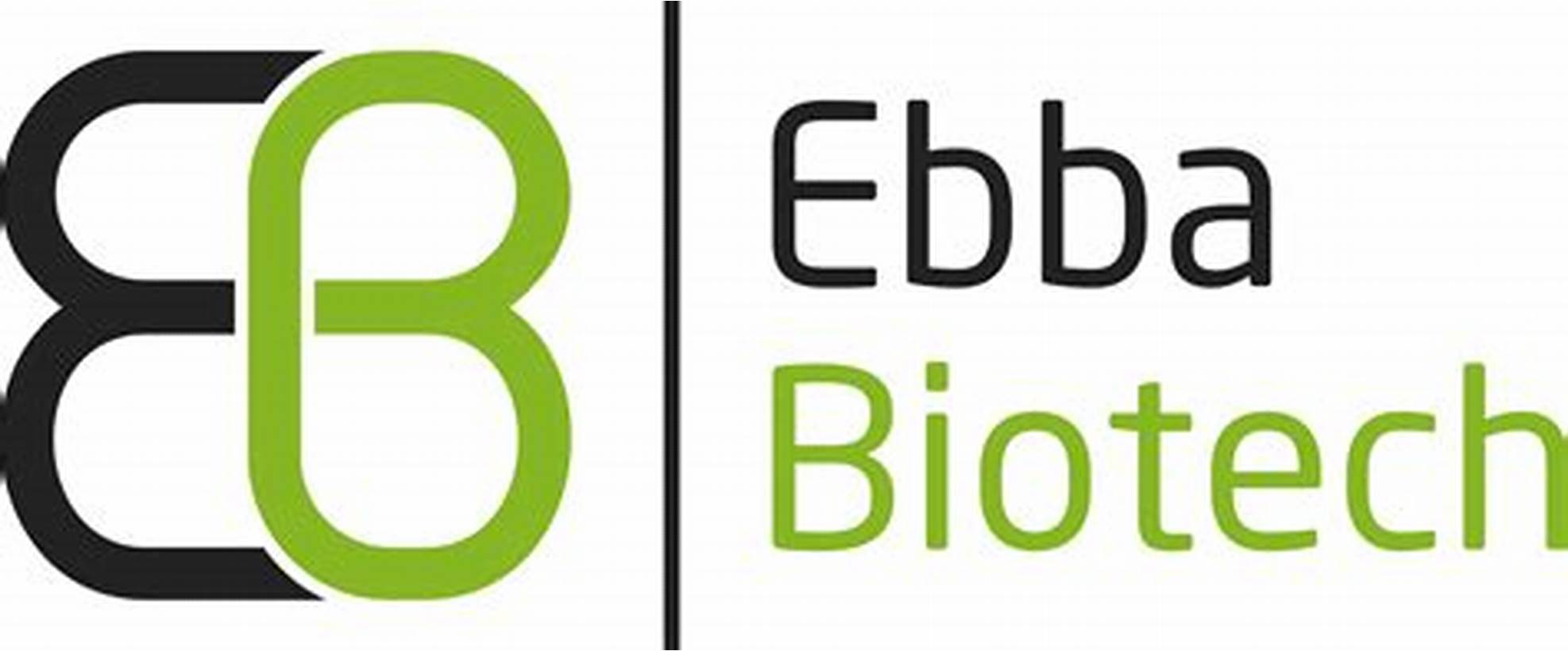Molecular protein chaperons are known for their role in preventing protein misfolding and aggregation. However, a paper published in the journal Acta Neuropathologica showed that there might be more to it. In the paper, Rachel E. Lackie and colleagues found that STI1 (a co-chaperon) directly interacts with the α-synuclein and enhances aggregation. They found that in Parkinson’s disorder conditions the expression level of STI1 and Hsp90 pair (chaperon and co-chaperon) is elevated and causes increased aggregation of α-synuclein and its S129 phosphorylation (psyn129) in the tested in-vivo samples.
New Findings Shed Light on Protein Aggregation in Parkinson’s Disorder using Amytracker

🔬Characterization of WT human α-synuclein PFFs (Performed filaments) and pathology induced in M83+/- mice. pSyn129 (in red) and Amytracker (in green). Fluorescent images: Top row – M83+/- mice brain section without PFF, bottom row with PFF. (Fig. Sup S2) (CC-BY-4.0)
